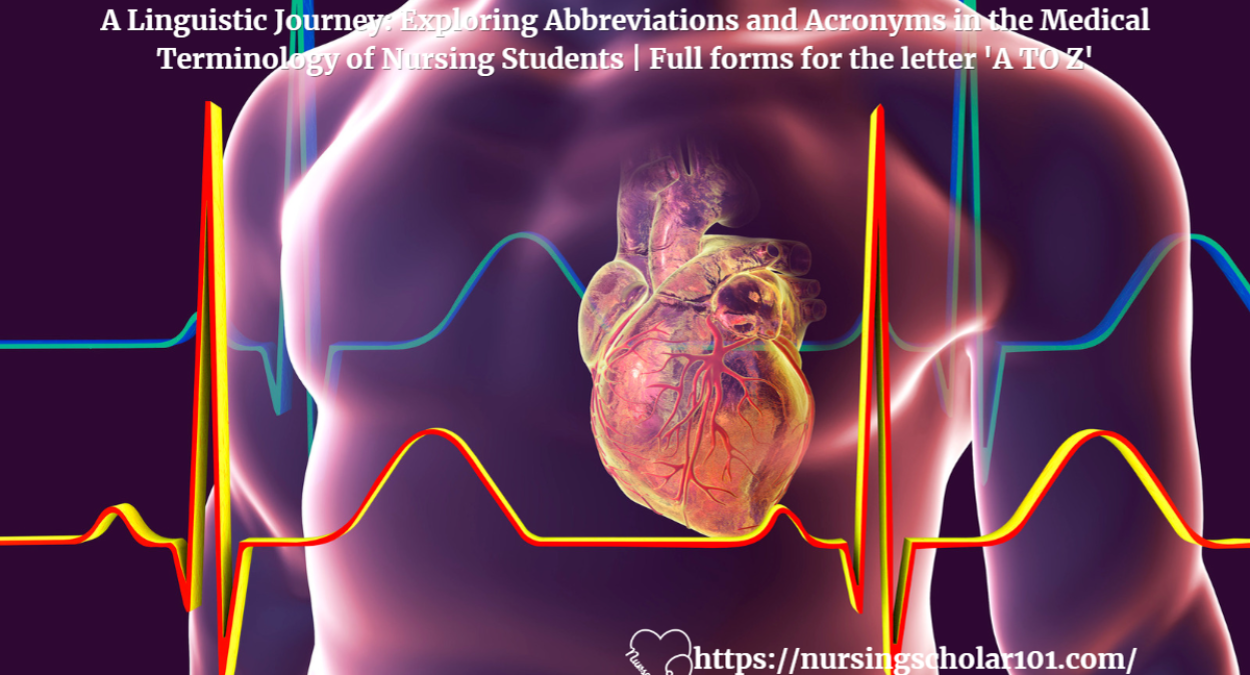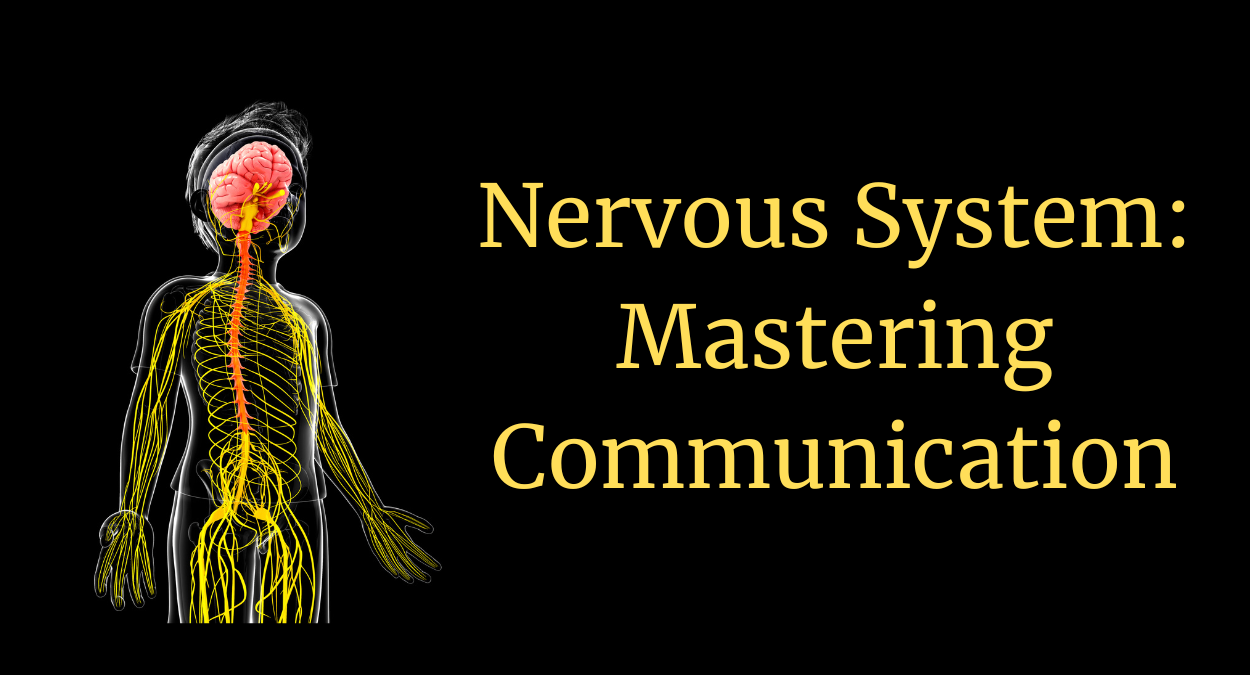H3N2 Symptoms: Understanding the Flu Strain’s Impact on Health, The Canine Influenza Epidemic: Understanding and Preventing the Spread of H3N8 and H3N2
H3N2 Symptoms: Understanding the Flu Strain’s Impact on Health
In today’s health-conscious world, staying informed about prevalent viruses is crucial for maintaining well-being. One such influenza strain that demands attention is H3N2. Understanding its symptoms is not just a matter of personal health but also a responsibility towards public health. Let’s dive into the specifics of H3N2 symptoms, their implications, and what you can do to protect yourself.
Introduction
The H3N2 virus, a subtype of the influenza A virus, has been a recurring concern during flu seasons. Recognizing its symptoms is vital, considering the potential severity and impact on individuals and communities alike.
Background on H3N2
To comprehend the symptoms, it’s essential to delve into the background of the H3N2 virus. Originating from avian and swine influenza, this strain has a history of mutations, making it challenging to predict and control. Understanding its transmission methods is crucial in devising effective prevention strategies.
Why H3N2 is a Concern
While all flu strains pose health risks, H3N2 has distinctive characteristics that make it a particular concern. Its impact on public health transcends typical seasonal flu, demanding a closer look at its trends and patterns.
H3N2 Symptoms Overview
At its core, H3N2 exhibits standard flu symptoms, including fever, cough, and fatigue. However, there are nuances that set it apart, such as the rapid onset of severe respiratory symptoms. Recognizing these distinctions can lead to prompt intervention and improved outcomes.
Severity of H3N2 Symptoms
Certain groups, such as the elderly and young children, are more susceptible to severe complications. Understanding the high-risk demographics and potential complications is vital for early detection and appropriate medical intervention.

Prevention Strategies
Vaccination remains the most effective preventive measure against H3N2. Emphasizing the importance of annual flu shots and adopting hygiene practices can significantly reduce the risk of transmission within communities.
Treatment Options
In the unfortunate event of contracting H3N2, knowing the available treatment options is crucial. Antiviral medications can help alleviate symptoms, while home remedies can provide additional relief.
Differentiating H3N2 from Other Illnesses
Given the overlap of symptoms with other illnesses like the common cold and COVID-19, distinguishing H3N2 becomes a challenge. Understanding key indicators can aid in accurate diagnosis and appropriate treatment.
Global Impact and Pandemic Preparedness
Drawing lessons from past outbreaks, it’s evident that global collaboration is essential for effective pandemic preparedness. Ongoing research and surveillance efforts contribute to our collective ability to respond swiftly to emerging health threats.
Current H3N2 Trends
Examining recent cases and their geographical distribution provides insights into the current status of H3N2. The public health response to these trends plays a critical role in containment and mitigation efforts.
Public Awareness and Education
Media plays a pivotal role in disseminating information about H3N2. Creating public awareness and educating communities about the virus fosters a sense of responsibility and preparedness.
Common Misconceptions about H3N2
Addressing myths and misinformation is paramount. Dispelling fears related to vaccines and clarifying misconceptions contribute to informed decision-making and public trust in health interventions.
Personal Stories
Real-life experiences with H3N2 can provide valuable insights. Learning from those who have survived the virus can inspire others to take preventive measures seriously.
The Future of H3N2 Research
Scientific advancements and ongoing vaccine development efforts are shaping the future of H3N2 research. Collaborative initiatives in global health demonstrate our collective commitment to staying one step ahead of emerging health threats.
Conclusion
In conclusion, understanding H3N2 symptoms is not just about personal health; it’s a collective responsibility. By staying informed, getting vaccinated, and promoting awareness, we contribute to a healthier and more resilient global community.
The Canine Influenza Epidemic: Understanding and Preventing the Spread of H3N8 and H3N2
In the realm of pet health, understanding and preventing the spread of canine influenza, specifically the H3N8 and H3N2 strains, is paramount. As responsible pet owners, it’s crucial to be well-informed about the origins, symptoms, and prevention strategies associated with these influenza strains that affect our beloved canine companions.
Introduction
Canine influenza, caused by H3N8 and H3N2 strains, poses a threat to the well-being of dogs worldwide. This article aims to shed light on the importance of understanding and preventing the spread of these influenza strains, emphasizing the role of pet owners in safeguarding their furry friends.
Background on Canine Influenza
The emergence of H3N8 and H3N2 in dogs has a notable history. Understanding the background of these strains, their origins, and the factors that contribute to their transmission is essential for effective prevention.
Transmission Methods
Exploring the modes of transmission between dogs and the potential for human-to-dog transmission underscores the need for proactive measures. Recognizing how these influenza strains spread is crucial in curbing their impact.
Why Canine Influenza is a Concern
Beyond the immediate health impact on dogs, the economic implications for pet owners and the veterinary care industry are significant. Preventing the spread of canine influenza is not only a matter of canine well-being but also a responsibility to mitigate broader consequences.
Canine Influenza Symptoms Overview
Recognizing the general symptoms exhibited by infected dogs and the distinctive characteristics of H3N8 and H3N2 symptoms is vital. This knowledge empowers pet owners to seek prompt veterinary attention.
Severity of Canine Influenza Symptoms
Certain canine populations, such as puppies and older dogs, are more vulnerable to severe complications. Understanding the potential complications associated with canine influenza is crucial for effective intervention.
Prevention Strategies for Pet Owners
Canine influenza vaccination stands out as a key preventive measure. Additionally, adopting hygiene practices to minimize transmission within dog communities is essential for responsible pet ownership.
Treatment Options for Infected Dogs
In the unfortunate event of canine influenza infection, knowing the available treatment options, including antiviral medications and supportive care, is crucial. Home care tips for managing infected dogs can contribute to their recovery.
Differentiating Canine Influenza from Other Dog Illnesses
The symptoms of canine influenza can overlap with other dog illnesses, such as kennel cough and respiratory infections. Understanding key indicators aids in accurate diagnosis and appropriate treatment.
Global Impact and Veterinary Preparedness
Drawing lessons from previous canine influenza outbreaks highlights the importance of global collaboration and veterinary preparedness. Ongoing research and surveillance efforts in veterinary medicine contribute to proactive measures.
Current Canine Influenza Trends
Examining recent cases and their geographical distribution provides insights into the current status of canine influenza. The response of the veterinary community and public awareness initiatives play a critical role in containment.
Public Education on Canine Influenza
Media and veterinary professionals play a pivotal role in disseminating information about canine influenza. Creating public awareness and educating communities about responsible pet ownership fosters a sense of shared responsibility.
Common Misconceptions about Canine Influenza
Addressing myths and misinformation related to vaccination and transmission is essential. Encouraging informed decisions for pet health ensures that preventive measures are effective.
Personal Stories from Pet Owners
Real-life experiences with canine influenza provide valuable insights. Learning from pet owners who have navigated through the challenges of canine influenza can inspire others to take preventive measures seriously.
The Future of Canine Influenza Research
Scientific advancements in understanding and preventing canine influenza are shaping the future of veterinary medicine. Collaborative efforts globally demonstrate our commitment to the well-being of our canine companions.
Conclusion
In conclusion, the canine influenza epidemic, fueled by H3N8 and H3N2 strains, demands our attention as responsible pet owners. By staying informed, vaccinating our dogs, and promoting awareness, we contribute to a healthier and more resilient canine community.
FAQs About Canine Influenza
1. Can my dog get canine influenza even if it’s vaccinated?
While vaccination significantly reduces the risk, it doesn’t guarantee immunity. However, vaccinated dogs often experience milder symptoms.
2. Is there a risk of human-to-dog transmission of H3N8 and H3N2?
– While rare, there have been documented cases. Practicing good hygiene when handling pets is essential.
3. What are the typical complications associated with severe cases of canine influenza?
– Severe cases can lead to pneumonia, which may require intensive veterinary care.
4. Are there any breed-specific vulnerabilities to canine influenza?
– While all dogs are susceptible, certain breeds may be more prone to severe complications. Consult your veterinarian for breed-specific recommendations.
5. How frequently should my dog be vaccinated against canine influenza?
– The frequency of vaccination may vary. Consult with your veterinarian to determine the appropriate vaccination schedule based on your dog’s health and lifestyle.
FAQs About H3N2 Symptoms
1. Can I get H3N2 even if I’ve had a flu shot?
– Flu shots significantly reduce the risk, but no vaccine is 100% foolproof. However, vaccinated individuals often experience milder symptoms.
2. Are H3N2 symptoms different from other flu strains?
– While there are common flu symptoms, H3N2 is known for its rapid onset of severe respiratory symptoms, setting it apart from other strains.
3. How long does it take to recover from H3N2?
– The duration varies, but most people recover within a week. Severe cases or complications may prolong recovery.
4. Can H3N2 lead to long-term health issues?
– In some cases, severe complications can result in lingering health problems. It’s crucial to seek medical attention for proper care.
5. What measures can I take to prevent H3N2 transmission?
– Apart from getting vaccinated, practicing good hygiene, such as frequent handwashing and avoiding close contact with sick individuals, can help prevent transmission.
https://nursingscholar101.com/list-of-100-faqs-related-to-hormones/





